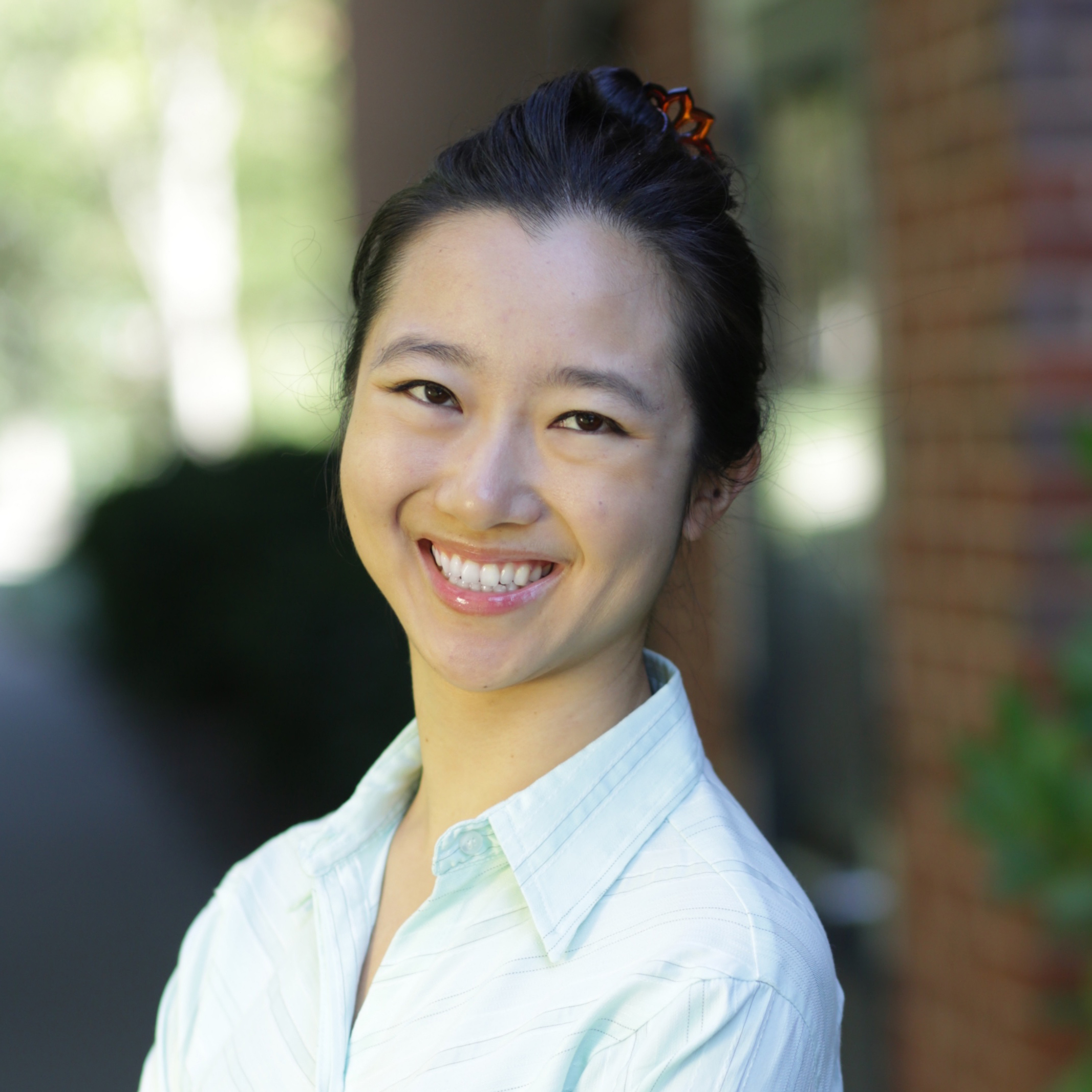
Connie Liu
PhD Candidate
Department of Aerospace Engineering
Georgia Institute of Technology
Connie earned her BS in Aeronautical/Astronautical Engineering from the Massachusetts Institute of Technology in 2015, during which she led the design, build, and hot fire tests of a liquid bipropellant aerospike engine. Her interest in chemical propulsion was further cultivated through four internships at SpaceX working on combustion devices development. Connie worked with electrospray thrusters at MIT and on coilguns at NASA Marshall Space Flight Center, leading to her interest in electric propulsion research in graduate school. She received her MS in Aerospace Engineering from the Georgia Institute of Technology in 2016 and is currently a PhD candidate investigating the physics of rapid ionization and recombination in rapidly pulsed plasmas. Connie is a recipient of the National Science Foundation Graduate Research Fellowship and is a co-author on two publications. She enjoys ballroom dancing, hiking, and cooking.
Investigating Physics of Nanosecond Pulsed Plasma Discharges
There has been renewed interest in nanosecond pulsed plasma discharges as they are useful in enhancing and stabilizing combustion, biochemical decontamination, material processing, and surface treatments. Nanosecond pulsed discharges require up to 250 times lower input power than DC discharges to produce a plasma with the same electron density, and they also provide greater flexibility than DC plasmas since the plasma parameters can be controlled by changing characteristics of the input voltage pulses. Gaining a better understanding of the physics behind the nanosecond discharges could lead to more precise control of pulsed plasmas and benefit its various applications. This research aims to answer what processes drive the rapid ionization, recombination, and conductivity changes of pulsed plasmas by analyzing the time-evolution of plasma parameters and what is necessary for both ionization and recombination to happen on the nanosecond timescale.
To date, there have not been any direct, time-resolved measurements of electron density and electron temperature in low-pressure nanosecond pulsed argon discharges, so a pulsed, 1 kV argon plasma at various pulse frequencies, widths, and pressures was investigated. Argon emission lines were analyzed with a spectrometer, and relative intensities of strong argon neutral and ion lines were used in line-ratio calculations. These experimentally-determined ratios were compared to theoretical ratios generated from PrismSPECT, a collisional-radiative spectral analysis software. Electron temperature and electron number density were calculated and compared to direct Langmuir probe measurements. Next steps involve nanosecond, time-resolved measurements using an ultra-fast ICCD camera and spectrograph. Those electron density and temperature values will be compared to PrismSPECT and VSim (a plasma simulation software) results to extract a set of plasma parameters for rapid plasma generation and quenching of a pulsed nanosecond discharge.